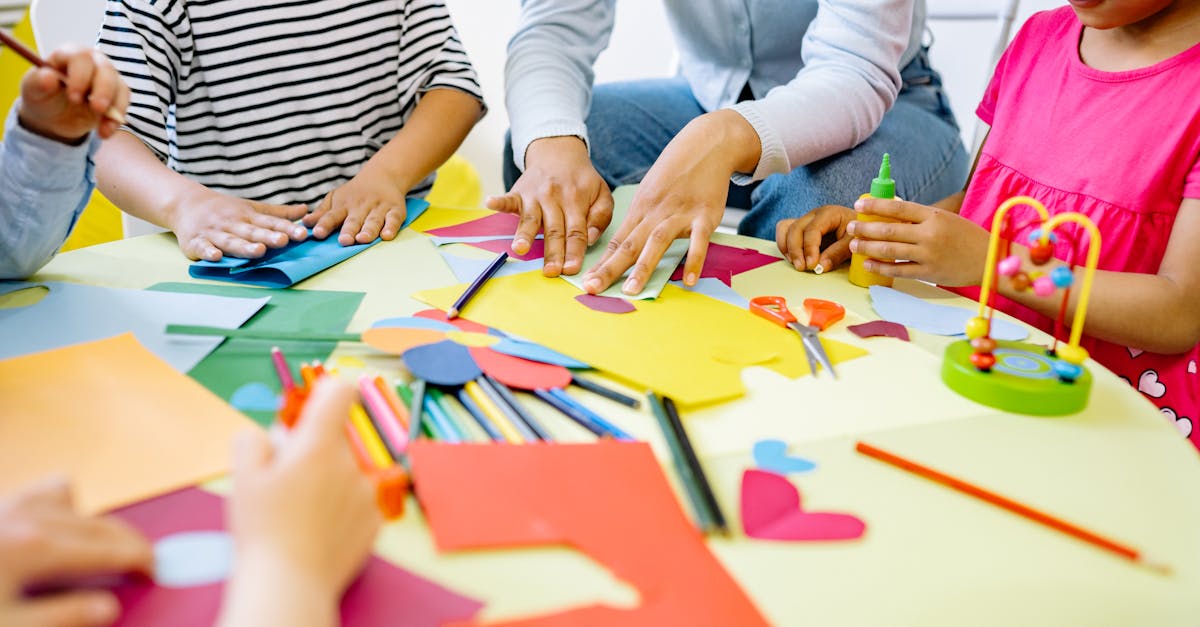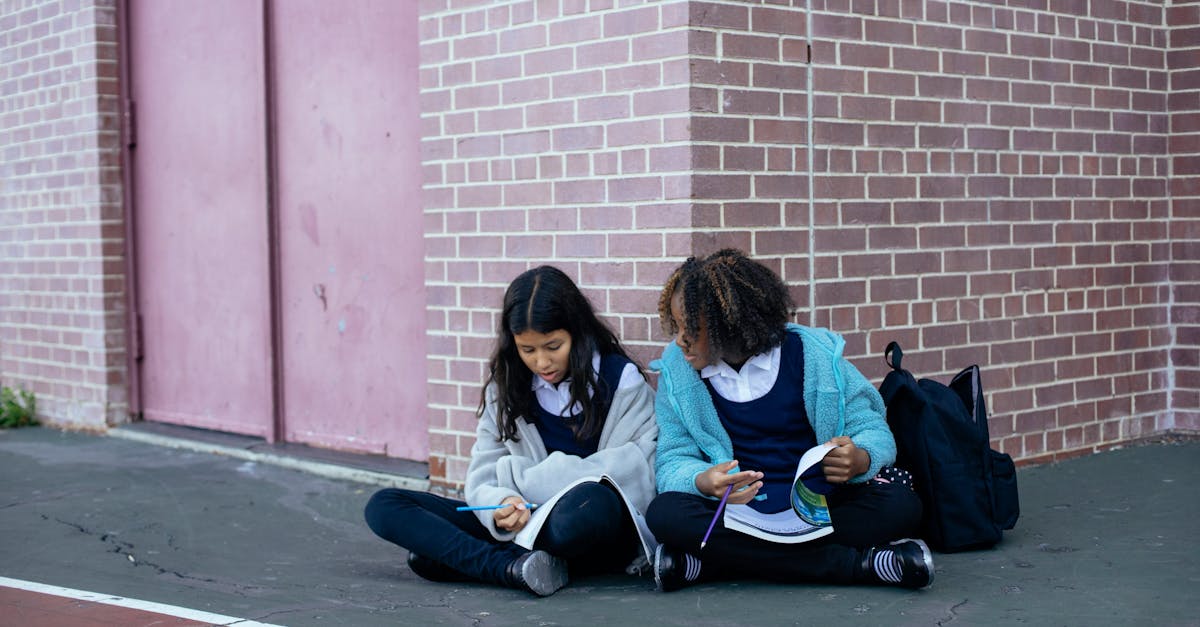Unlocking the Power of AI in Early Learning
Artificial Intelligence is no longer just a buzzword. It has moved into our homes, and one of its frontrunners, ChatGPT, is transforming how kids learn. Imagine if your child’s question about dinosaurs could be answered in an instant. That’s the magic we talk about. With the right approach, ChatGPT can make learning a joyful journey. But, parents often worry about screen time and the role AI should play. These concerns are valid, and that’s where balanced usage comes into play. Let’s explore together how this tool can fit into your child’s early education seamlessly.

Source: Pexels
Practical Tips for Using ChatGPT at Home
First off, using ChatGPT should feel like a fun game. Kids love games, right? Parents can turn learning sessions into playful challenges like ‘ask ChatGPT 5 cool things about space!’ This makes learning engaging and interactive.
Also, don’t shy away from using ChatGPT to instill curious habits. Ask follow-up questions and encourage your little ones to do the same. It teaches them critical thinking, much like a detective solving a mystery.
Incorporate ChatGPT into your daily routine, but remember, it’s not a replacement for real-world experiences. Balancing both can maximize learning without overwhelming the kid.
 Note: The image above is for illustrative purposes.
Note: The image above is for illustrative purposes.
Managing Screen Time and Engagement
One of the major concerns parents have is screen time. Keeping it balanced is key. Set time limits and make these sessions short but sweet. Interactive chats shouldn’t be more than 15-20 minutes. It’s tempting to let ChatGPT do all the talking, but remember to be involved. Your presence not only validates their learning but also keeps it under control. Use these sessions as stepping stones to engage in offline activities. For instance, if ChatGPT talks about baking, try baking cookies together afterward. This way, screen time becomes a precursor to more meaningful hands-on activities.

ChatGPT: A Tutor Always at Hand
Think of ChatGPT as an ever-available tutor that never gets tired. Unlike humans, it doesn’t need coffee breaks and can be asked the same question a hundred times without grumbling. This trait is perfect for repetitive learning and practice. Use it to help them with spelling, elementary math, or even foreign languages. The key is to make these sessions structured yet flexible. ChatGPT is always evolving, so the sky’s the limit. Keep experimenting with new questions and topics. This constant evolution keeps learning fresh and exciting for your child.

Common Emotional Challenges and How to Address Them
Children deal with emotional challenges more often than we think. ChatGPT can inadvertently help here. Sometimes kids hesitate to ask questions fearing judgment. An AI doesn’t judge; it merely answers. This can build confidence in them to ask more questions and express interests freely. But it’s crucial to monitor these interactions. Be observant of any signs of frustration or confusion. Step in when necessary to help them navigate through tough spots. The idea is to make learning a positive, encouraging experience. That way, they associate education with joy and curiosity, not stress and fear.

Summary: Children grappling with emotional challenges benefit from platforms like ChatGPT that provide non-judgmental answers and foster confidence in expressing themselves.
Join the Conversation: Share Your Experiences
Using ChatGPT with your child can open a plethora of learning adventures. We’d love to hear your experiences. Have you tried it yet? What worked or what didn’t? Your insights could help other parents navigating the same waters.
Leave a comment below or share your story on social media with the hashtag #ChatGPTKidsLearning. Together, we can create a supportive community of parents dedicated to innovative learning.
Your feedback will not only validate this journey but also enrich it. So, let’s embark on this adventure together, one question at a time!

